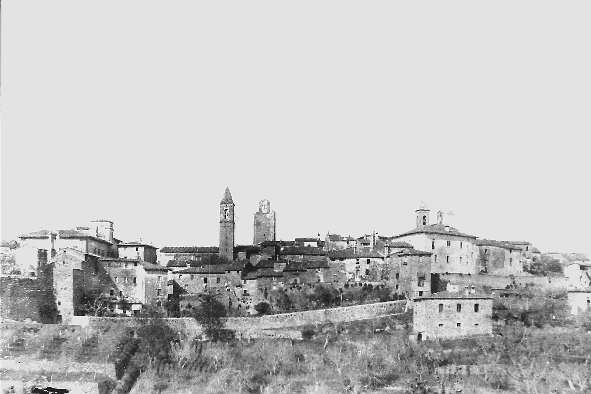2022-02-23T09:35:00

Tuscany in the 19th century was home to numerous luthiers, some of whom were carpenters who turned their hands to instrument making. Florian Leonhard examines the career of Luigi Cavallini, a lesser-known self-taught maker whose work, while unusual in parts, displays a surprisingly high level of craftsmanship
The golden age of violin making in Tuscany spans the whole of the 18th century. All of the region’s most influential luthiers worked during this period, and the start of the industry’s decline can be dated to the death of one of its most significant figures, Giovanni Battista Gabbrielli (1716–71). The work of these makers was concentrated on the dominant city of Florence as well as Siena, Livorno and Pisa, Tuscany’s predominant centres of commerce. But alongside the activity of such crucial instrument makers as Gabbrielli, we find an abundance of minor craftsmen, such as those living in the ancient city of Arezzo, in the Valdichiana area about 50 miles south-east of Florence. This lesser-known Tuscan metropolis has long been a draw for artisans and is still an important centre of artistic heritage, with its Church of San Francesco boasting incredible early Renaissance frescos by Piero Della Francesca. Here, luthiers such as Pietro Ugar (c.1747–1819) and the little-known chitarraio (guitar maker) Jacopo Salvadori lived between the 18th and 19th centuries. Their period of activity was closely followed by that of Lorenzo Arcangioli (1825–74), the only luthier in the city who owned a fabbrica dedicated to constructing musical instruments in the second half of the 19th century.
In this period and context, fabbrica (‘factory’) indicates a place where specific items were manufactured; in this case it refers to the Arcangioli workshop. Arcangioli presented two examples of a violoncello da spalla at the last Tuscan Exhibition of Arts and Manufacturing, held at Florence’s Palazzo Vecchio in 1854. That same year, according to contemporary records, he employed three makers, producing high-quality wooden musical instruments, especially violins. We also know that Luigi Cavallini and two of his brothers moved to Arezzo around 1860, and they may have worked for Arcangioli…

